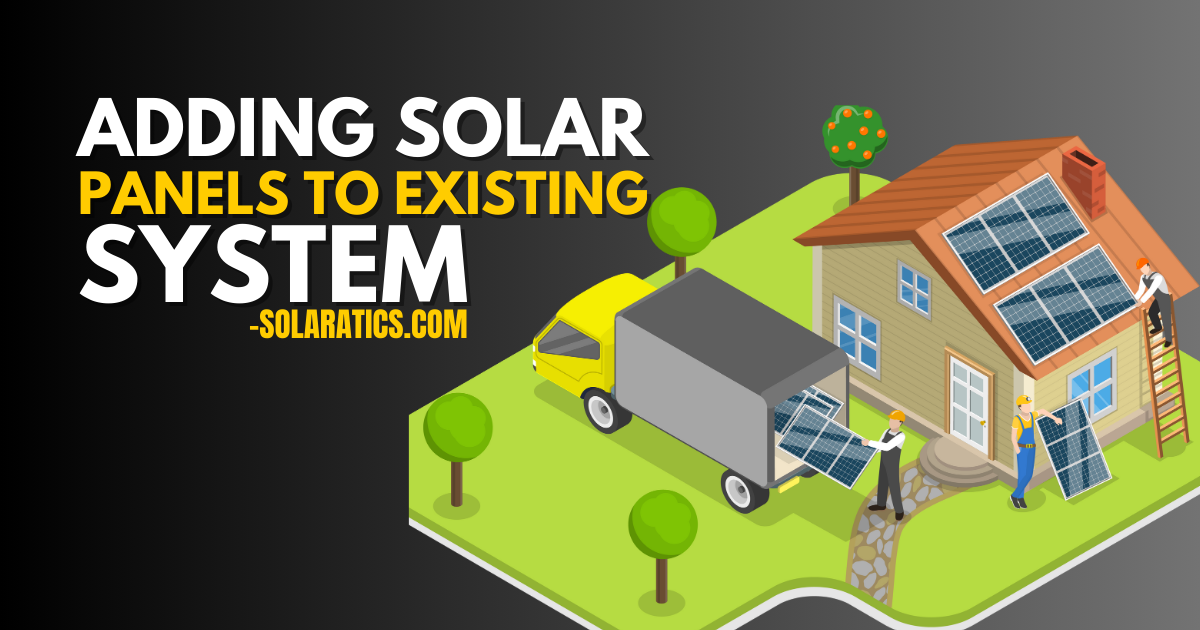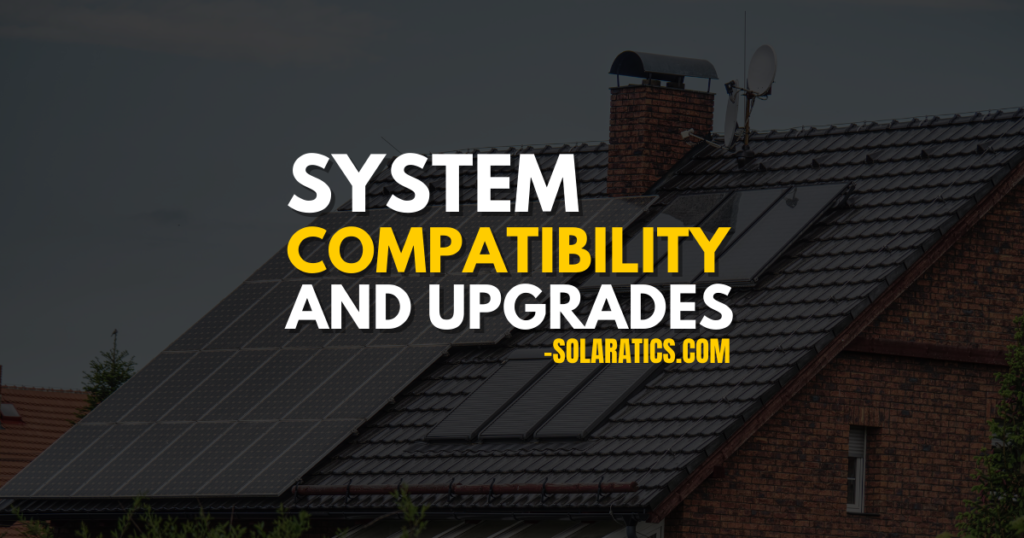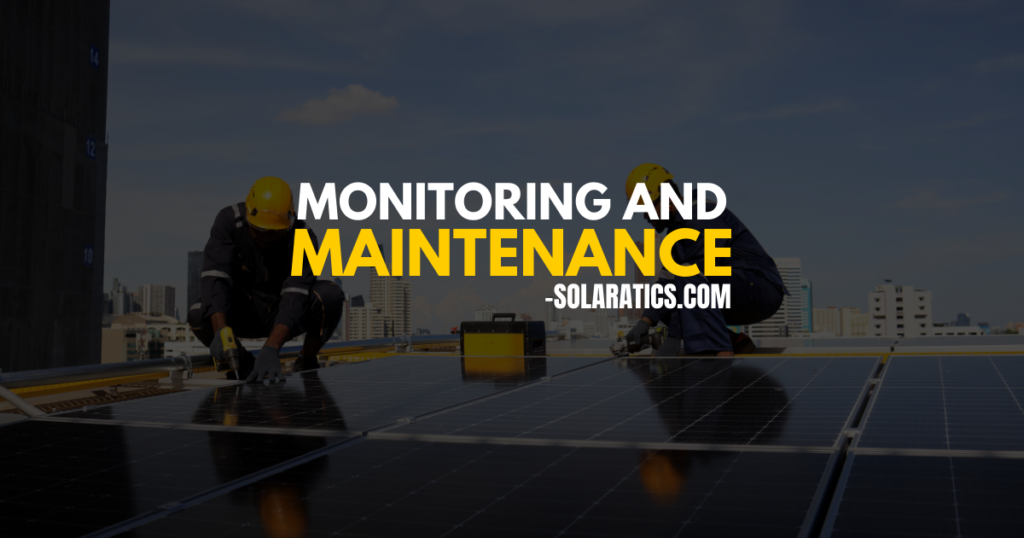Adding Solar Panels to Existing System (2024 Guide)

The sun shines bright, not just in the sky but also as a beacon of sustainable energy solutions. And if you’ve already taken the plunge into solar power, congratulations! You’re part of a growing movement towards cleaner living and lower energy bills. But here’s the exciting news: in 2024, adding solar panels to your existing system will be easier and more beneficial than ever before.
This guide explores everything you need to know about expanding your solar power, from assessing your current setup to maximizing your sun-powered potential.
Assessing Your Current Energy Setup
Before adding more panels, understanding your current energy consumption is key. Track your electricity usage for a month to get a clear picture of your needs. Then, evaluate your roof’s orientation and potential shading from trees or buildings. An on-site solar potential assessment by a professional can provide valuable insights and recommendations.
Choosing the Right Solar Panels
Technology keeps evolving, and 2024 brings exciting advancements in solar panels. High-efficiency photovoltaic cells capture more sunlight, boosting your power output. Additionally, lightweight and flexible panels offer greater installation flexibility, especially for roofs with unique shapes. Remember, choosing panels compatible with your existing system is crucial for seamless integration.
System Compatibility and Upgrades

Your existing inverter might need an upgrade to handle the increased power generation from additional panels. Battery storage solutions can store excess energy for use at night or during power outages, maximizing your independence from the grid. Don’t worry if these terms sound daunting; a qualified solar installer can guide you through the upgrade process.
Government Incentives and Rebates
2024 offers fantastic opportunities to make your solar expansion financially attractive. Federal tax credits and state and local incentives can significantly reduce your upfront costs. Research the available programs in your area and factor them into your budget.
DIY VS Professional Installation
While technically possible, DIY solar panel installation comes with significant risks, especially regarding electrical safety and system compatibility. Unless you’re a seasoned electrician, professional installation is the safer and more reliable option. They ensure proper system design, permitting, and warranty coverage.
Maximizing Solar Output
Panel placement plays a crucial role in energy production. South-facing roofs receive the most direct sunlight, but east- or west-facing options can still be viable. Consider ground-mounted systems if your roof space is limited. Additionally, solar tracking systems can automatically adjust panel angles to maximize sun exposure throughout the day.
Monitoring and Maintenance

Investing in a monitoring system allows you to track your solar power generation and identify any potential issues. Regular maintenance, including cleaning panels and checking electrical connections, ensures optimal performance and longevity.
Future Trends in Solar Technology
Keep an eye out for exciting innovations like solar tiles and shingles that seamlessly integrate with your roof for a sleek and functional appearance. Integrated solar and block heat from windows also hold promise for generating power while maintaining natural light.
Community Impact and Sustainability
By adding solar panels to your existing system, you’re not just saving money; you’re contributing to a cleaner environment and a more sustainable future. Your efforts inspire others to adopt solar power, creating a positive ripple effect in your community.
Overcoming Common Challenges
Shading from trees or buildings can impact your solar output. Discuss shade mitigation strategies with your installer. Additionally, familiarize yourself with local regulations and permitting requirements to ensure a smooth and compliant installation process.
Conclusion
Adding solar panels to your existing system in 2024 is a smart investment in your energy independence, your wallet, and the planet. With careful planning, the right equipment, and expert guidance, you can unlock the full potential of the sun and enjoy the benefits of clean, sustainable power for years to come. So, go ahead, power up your home, and take control of your energy future!
Also Explore: Will My House Sell More with Solar Panels Compass (2024 Guide)
FAQs
A qualified installer can assess your system’s capacity and recommend the appropriate number of panels to add.
Most areas require permits for solar installations. Your installer can help navigate the permitting process.
Costs vary depending on panel type, system size, and installation factors. However, government incentives can significantly reduce your expenses.
